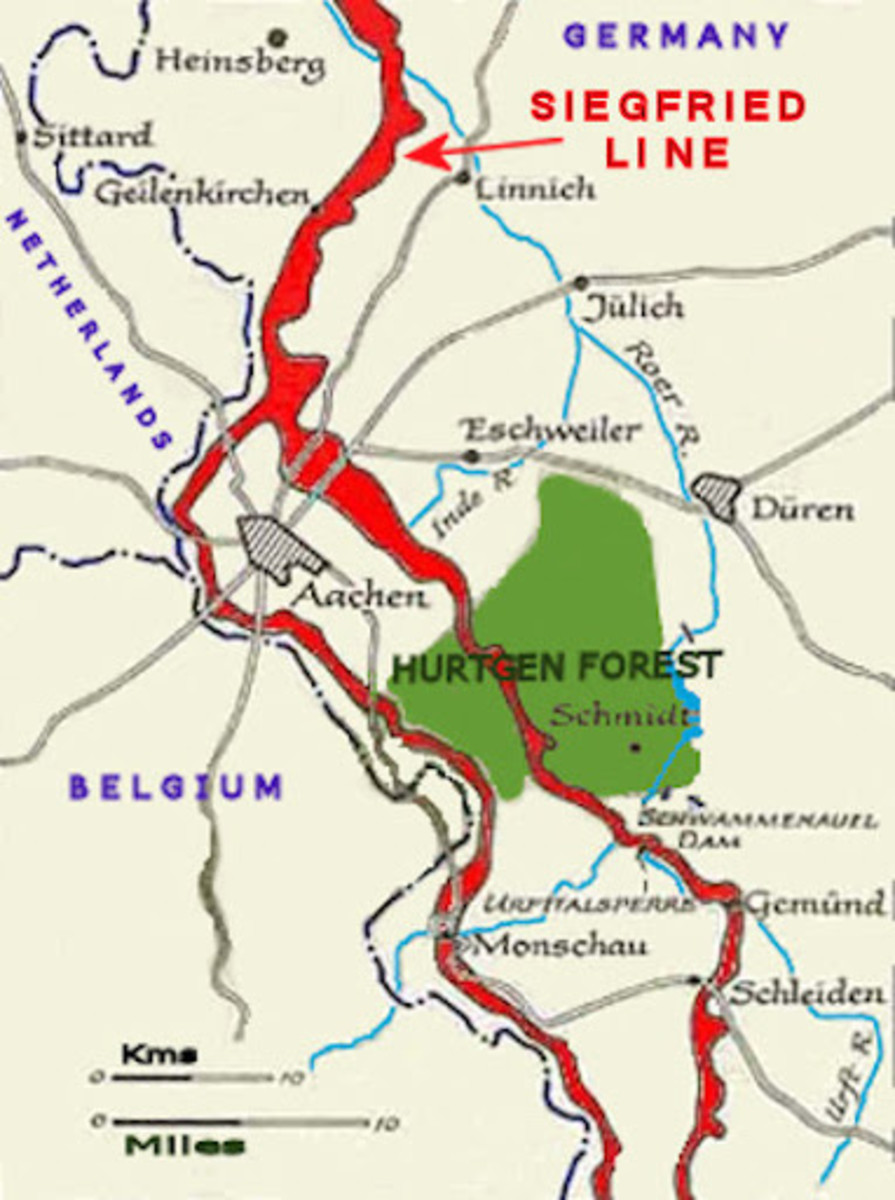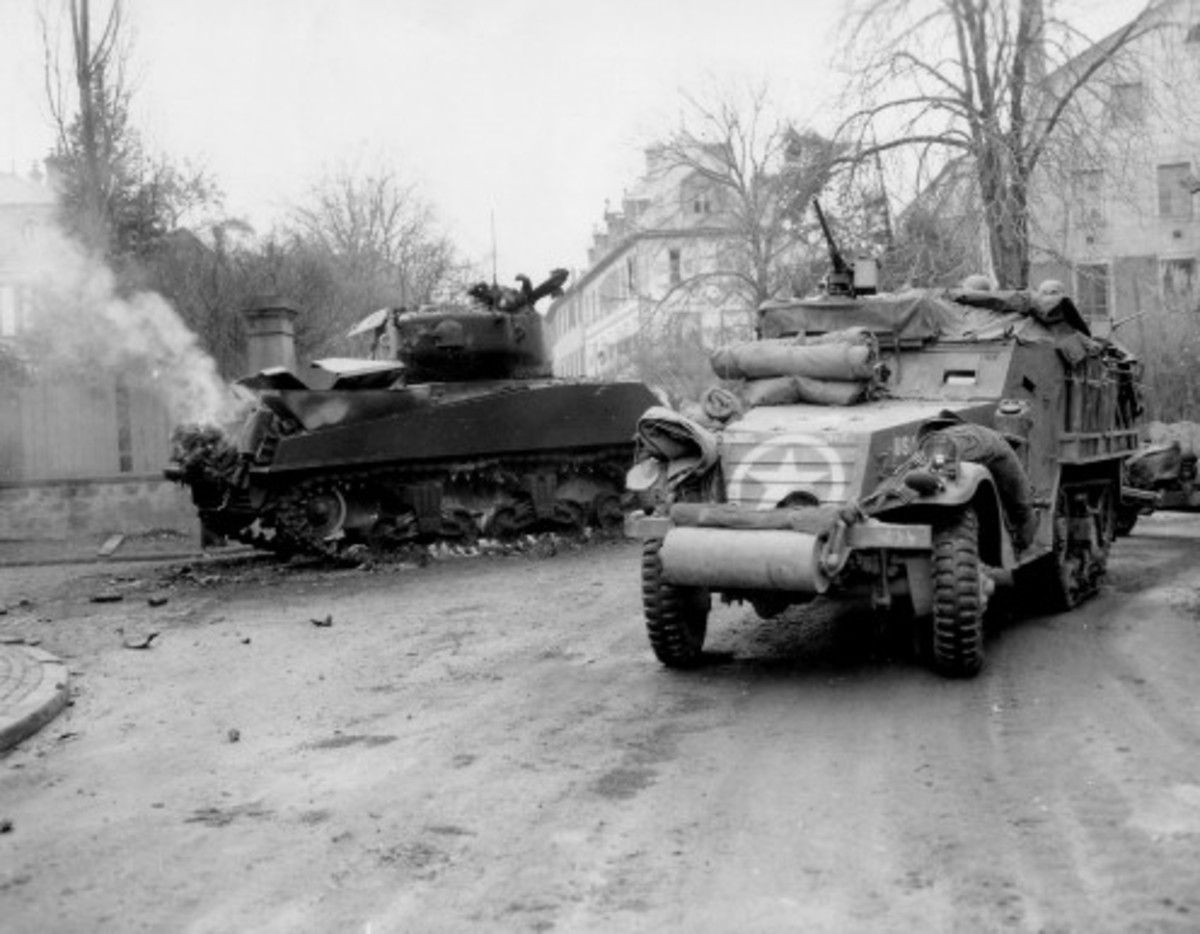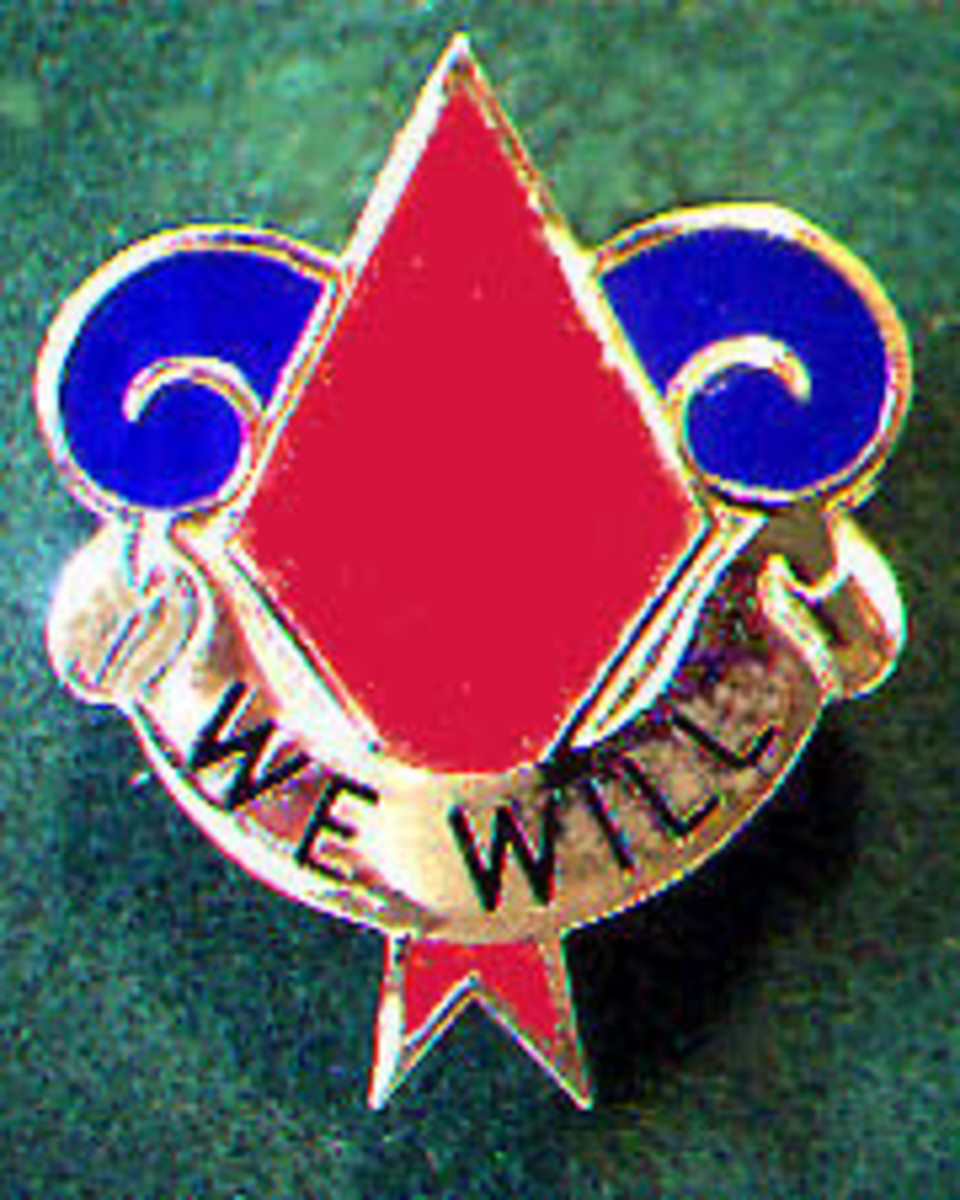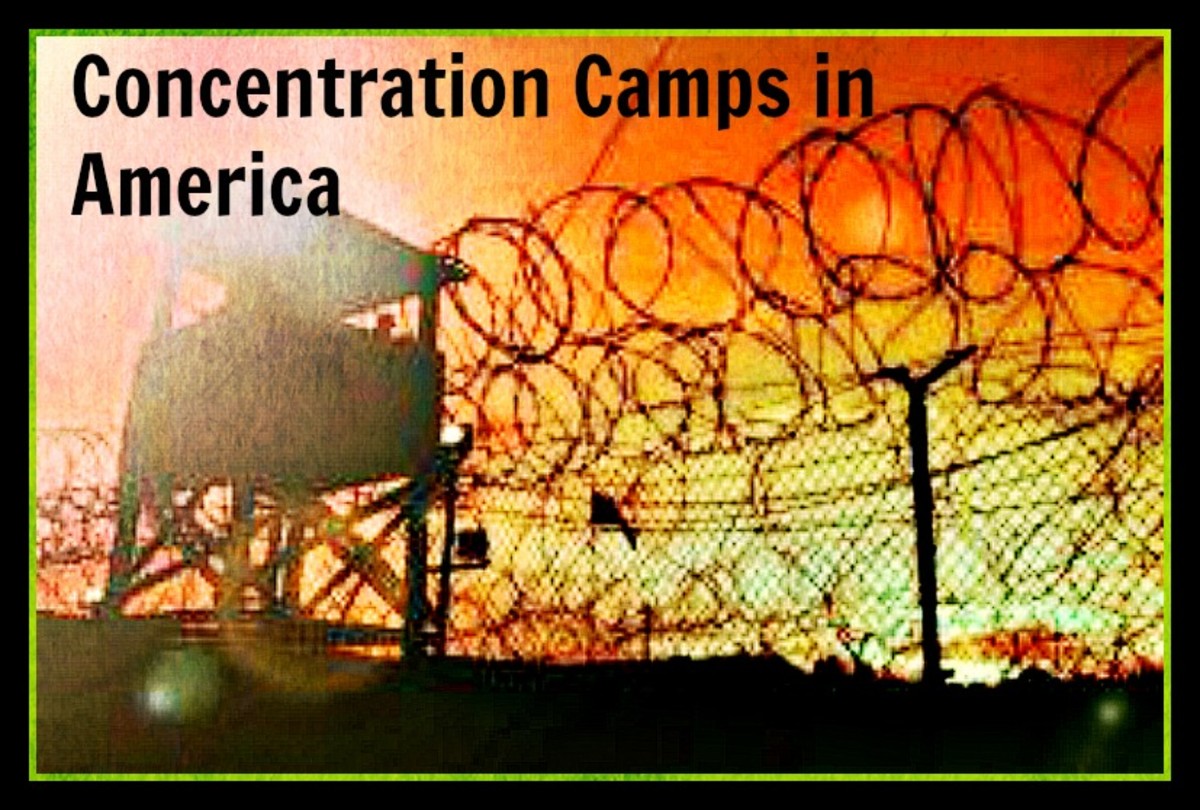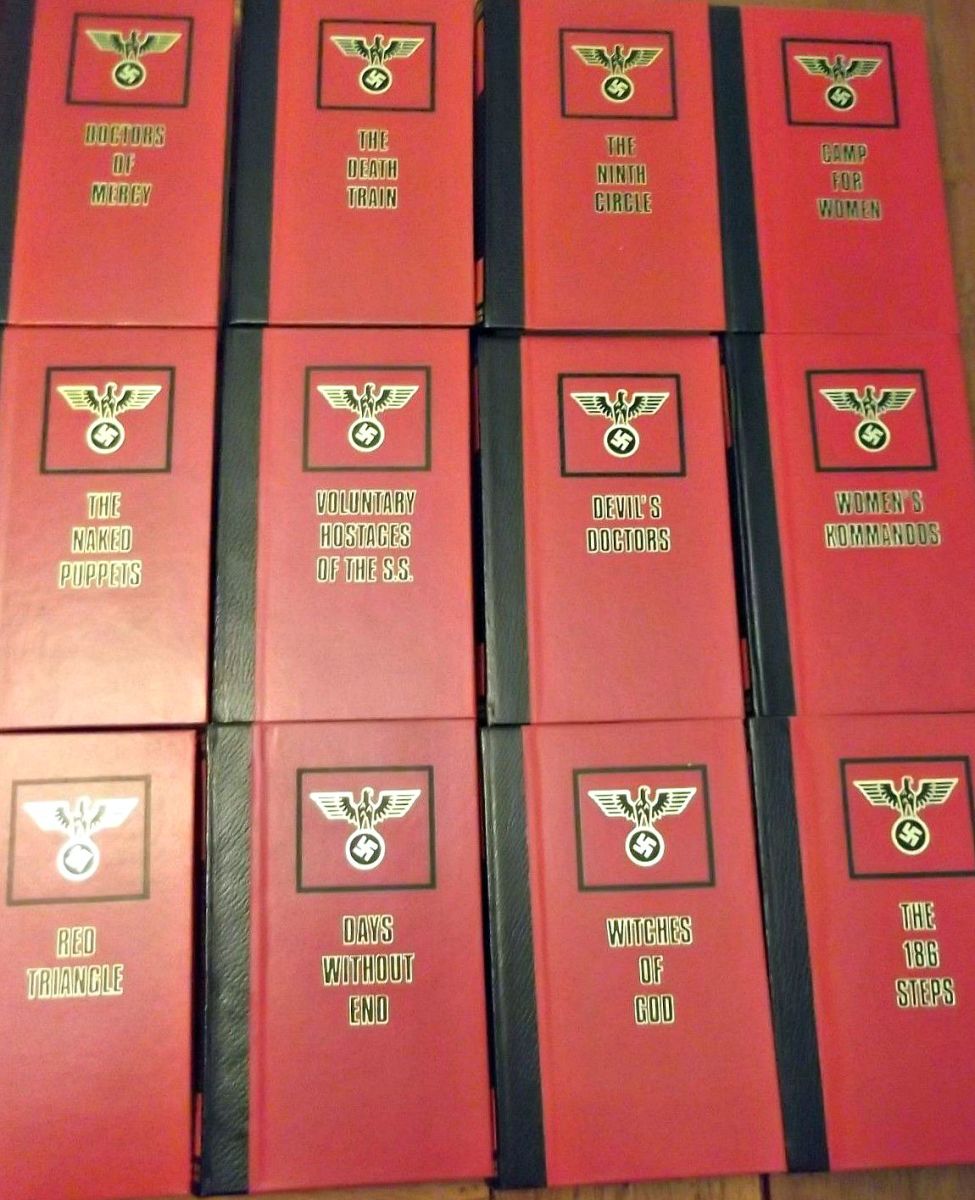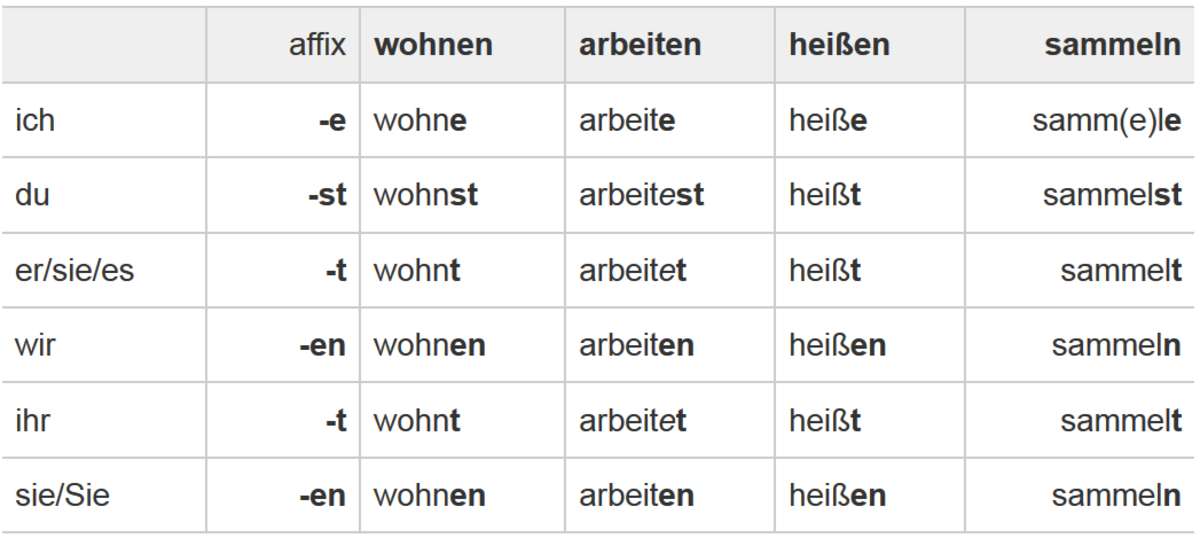German Knowledge and Claims About Nazi Concentration Camps
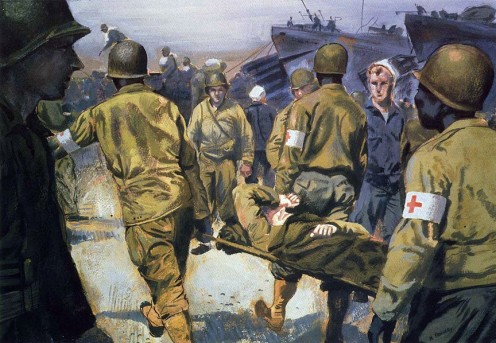
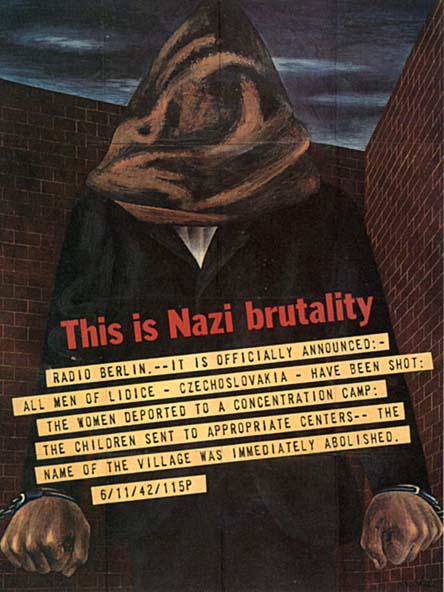
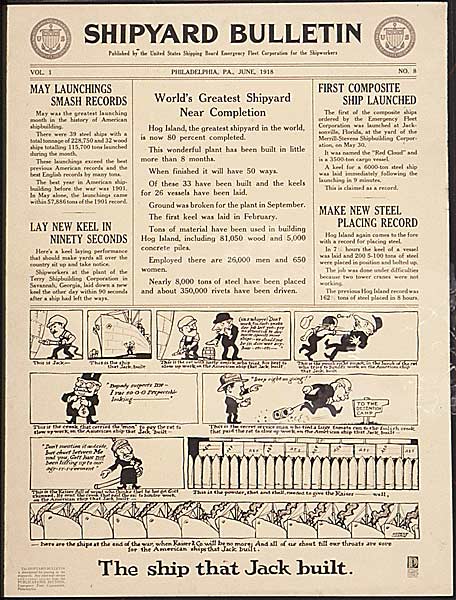
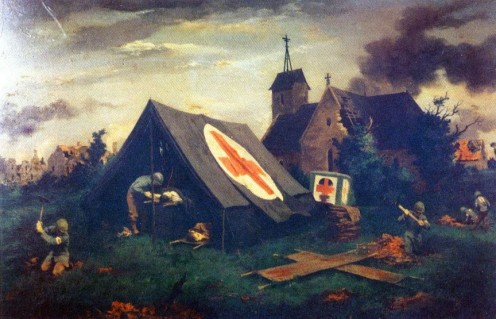

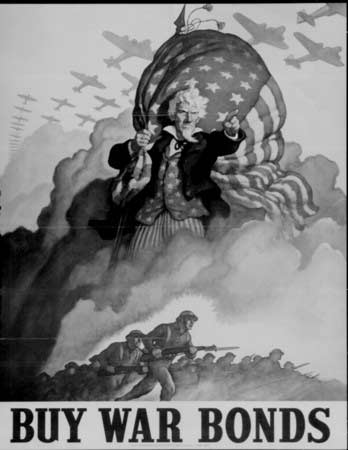
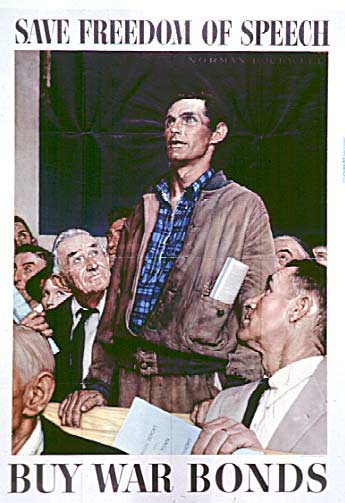
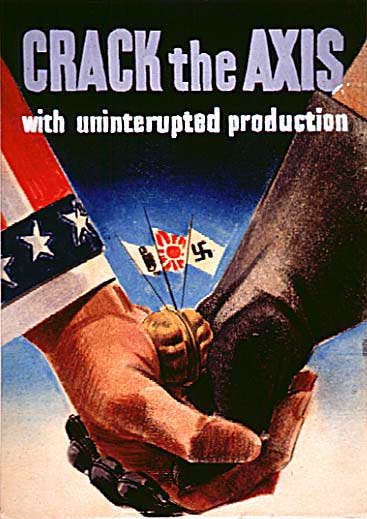
Similar conditions existed in Austria. The concentration camps at Mauthausen, Gusen, and Ebensee were located in populated areas.
According to Raymond Buch, an engineer with the 7th Armored Division, the Mauthausen quarry and camp were located next to a town; a double electrified fence enclosed a huge prison camp containing compounds and barracks which was easily visible.[1]
Lieutenant Colonel Seibel, Combat Command B, 11th Armored Division, included the following in his report on Mauthausen to Supreme Headquarters Allied European Forces. “…the inhabitants of the town of
Mauthausen and the general vicinity were aware of the conditions of the camp…a certain number of the guards and their families lived in the immediate neighborhood…there was a standing order to the local population that they were to kill on sight any escaped residents from the camp.”[2] Siebel makes the point of course, that people given an order to shoot escaped prisoners on sight, cannot be unaware that prisoners are interned in a camp nearby.
A military intelligence report noted that inmates of Mauthausen were leased out to local residents to work as farm laborers.[3] Sergeant Marks, attached to the 130th Evacuation Hospital, tried to set up camp in a nearby field, however, a local farmer hastened to inform him that the field contained mass graves, inmates from Mauthausen; he and his men set the hospital up elsewhere.[4]
At Ebensee some of the townspeople worked inside the camp itself, and as Thomas Ward pointed out, they could not have avoided knowing what went on there.[5]
The litany of German denial was almost universal and was proclaimed loudly and vigorously. Having just seen the human suffering and degradation inside the camps and having marched or driven past the emaciated corpses lying alongside the roads leading out of the camps, protestations of ignorance and innocence served only to increase the anger of US soldiers and deepen their antipathy for the German populace.
This was in marked contrast to the attitude of GIs earlier in the war, when most American soldiers entertained positive and friendly feelings for the German people.[6]
Some soldiers even felt a sort of comradeship with the average German soldier, members of the Wehrmacht or regular army; many GIs believed that Hitler and the SS were the real enemies and felt sympathy for the German people who suffered under Nazi oppression.[7]
After witnessing the carnage of the camps, these earlier benevolent and tolerant attitudes all but disappeared. American soldiers were profoundly disturbed, revolted, horrified, and angered by what they saw. In many instances this resulted in taking a harder line when dealing with German civilians.
Long before they received any official orders to this effect, American troops began requiring German civilians to participate in digging graves and burying the dead.
The task needed to be done, the unfortunate victims of the Nazi system deserved a decent burial, but it is clear from their testimony that many soldiers believed that it was a moral necessity, that justice could in some measure be served if the German people participated in redressing the evil which they claimed to have been singularly unaware of for over a decade.
So at Buchenwald, Nordhausen, Dachau, Ohrdruf, Woebbelin, Gardelegen and in other locations as well, American soldiers insisted that local Germans assume responsibility for burying the dead.[8]
In his memoir Brigadier General Hasbrouck wrote, “I think I was one of the first senior officers to visit [Flossenberg]. I remember the heaps of dead. It was a horrible sight….Some of the incinerators had partially consumed bodies. I gave orders to the burgermeister to turn out every able-bodied man and boy to dig graves and bury the dead.”[9]
At some camps civilians were required to dig individual graves.[10] At others the bodies were so numerous that sanitary and disease prevention precautions mandated swift burial
. When necessary military personnel dug long trenches with bulldozers and German civilians transported the bodies and laid them in the makeshift graves.[11]
Many soldiers recall, even decades later, the anger and hatred they felt for the German people in 1945. At Nordhausen, Lieutenant James and his men forced those working on burial detail to handle the bodies with their bare hands and refused to let them loves.[12]
At the Woebbelin concentration camp General Gavin insisted that the local townspeople dig 400 individual graves and then transport not only bodies, but refused to let them wear gloves. At the Woebbelin concentration camp General Gavin insisted that the local townspeople dig 400 individual graves and then transport not only bodies, but assorted body parts, to the burial site in wheelbarrows.[13]
At Dachau, PFC Doughty and some soldiers in his unit roughed up any German civilian who resisted burial duty. Doughty stated “we really kicked the hell out of a lot of them and made them go in there…”[14] Near the end of the war as the mortality rate rose huge pits were dug just outside of many concentration camps in an attempt to dispose of the ever mounting piles of corpses. These bodies also had to be disinterred and removed to proper gravesites.
According to Corporal Futterman “the soldiers, the infantrymen were so angered by what they had seen that they made the German civilians throw their shovels away and take [the bodies] out by hand and lay them down gently…” [15]
At Gardelegen soldiers who guarded the civilian burial detail did so with bayonets drawn. American GIs rage and disgust was so great that Fred Kulik was afraid that at any moment they might start shooting the civilian laborers.[16] His fear was not exaggerated as such events did occur when German soldiers were used in burial details.
David Ichelson described such an occurrence at Gunskirchen Lager. “The digging was done by ordinary German soldiers, who had no previous direct connection with the camp. A few feigned illness and complained in order to try to avoid their grisly task. One refused to work and was summarily shot and unceremoniously dumped into one of the mass graves. His horrified comrades, thereafter completed their miserable job without a whimper.”[17]
Although they may not have known it at the time, many of the actions taken by American officers and enlisted men were in line with orders given by General Eisenhower. On May 1, 1945 Headquarters, 3rd US Army posted a memorandum from Eisenhower concerning the burial of victims of Nazi atrocity.
It read in part. “All German males irrespective of their station in life will be used for this purpose.” Where possible bodies are to be disinterred from pits and reburied. Allied military personnel are to confine themselves to supervision of the burial procedures. All German citizens practical are to attend burial services for the dead. “In addition to the sanitary necessity of these measures, this is to serve as an object lesson to all Germans for their participation in these heinous crimes.”[18]
[1] Raymond Buch, interview, USHMM, (Combat Command A, 11th Armored Division).
[2] Lieutenant Colonel Richard Seibel, SHAEF FWS G-5, Displaced Persons Branch, Memorandum, “Concentration Camp at Mauthausen, Austria,” 7 June 1945, Record Group 331, NARA. William Levine reported that at Buchenwald many of the SS lived in the town with their families. HMFI interview.
[3] G-2 Basic Intelligence Directive Report, Mauthausen Concentration Camp, Record Group 319, NARA.
[4] Paul Bruce Marks, 1, Ast Project, (130th Evacuation Hospital).
[5]Thomas L. Ward, interview, USHMM, (3rd Cavalry Reconnaissance Squadron, XX Corps).
[6] Richard Joseph and Wavery Root, “Why so Many GIs Like the Germans Best.” Reader’s Digest, March 1946, 5-6; Robert H. Abzug, Inside the Vicious Heart: Americans and the Liberation of the Nazi Concentration Camps, (New York: Oxford University Press, 1985), 153-154; Lee B. Kennett, GI: The American Soldier in World War II, (New York: Charles Scribner’s Sons, 1987) 210, 215; John Gagnon, interview by Theresa Ast, Statesboro, Georgia, 1993; Phillip Trout, Ast Project, (42nd Reconnaissance Troup, 42nd Infantry Division) ; Wayne Hanson, 8, interview transcript, JCRC, (42nd Infantry Division).
[7] Lewis Greene, 19, interview transcript, Emory; Colonel Floyd Gibson, World War II Survey, MHI, (370th Combat Engineers Battalion); Lieutenant William Walsh, in James Kent Strong’s documentary The Liberation of KZ Dachau. (Cary, North Carolina: Strong Communications, 1990); John Manning, interview, DMC, (7th Army).
[8] Mission Accomplished: The Story of the Campaign of the VII Corps, US Army in the War Against Germany, 1944-1945, (Leipzig, Germany: J. J. Weber, 1945), (hereafter cited as Mission), 68; Captain Robert J. Soldinger, World War II Survey, MHI; Lewellyn Zullinger, Gunter Plaut, interviews, ILC; George E. Moise, “Concentration Camp at Nordhausen,” 2nd Information and Historical Survey, 14 April 1945, World War II Papers, Washington National Research Center, NARA, 2; Robert Zimmer, Guy Stern, Ernest James, interviews, USHMM, (11th Armored Division; 1st Army; 238th Combat Engineers Battalion); Douglas Monsson, interview, HMFI, (165th Infantry Division); Ralph McKenzie, interview, DMC; Joseph B. Kushlis, 2, C. W. Doughty, 4, Reverend Albert C. Wildman, 5, interview transcripts, Emory; Fred Kulik, interview, Gratz; Arthur Samuelson, 1, Ast Project.
[9] Sherman V. Hasbrouck, “Reflections on the 97th Infantry Division,” 18 June 1988, Papers of the 97th Infantry Division, MHI, 11.
[10] Nathan Futterman, cited in Liberators, 51; Mission, 68; Raymond Buch, interview, USHMM, (11th Armored Division); Dr. Samuel Glasshow, 9, Reverend Albert C. Wildman, 5, interview transcripts, Emory, (82nd Airborne Division; 89th Infantry Division).
[11] Dr. David Ichelson, “I Was There,” (unpublished manuscript in author’s possession(, (Medic, Company K, 5th Regiment, 71st Infantry Division), 162; Ernest James, interview, USHMM; Joseph E. Kushlis, 2, interview transcript, Emory, (260th Regiment, 65th Infantry Division).
[12] Ernest James, interview, USHMM, (238th Combat Engineers Battalion, XII Corps).
[13] Dr. Samuel Glasshow, 9, Emory, (307th Airborne Medical Company, 82nd Airborne Division). It was impossible for the men to determine which of the deceased inmates were Jewish. But they obtained an estimate that 25% of the dead were Jewish and placed a Jewish star above every fourth grave. The remainder of the graves had crosses.
[14] C. W. Doughty, 4, interview transcript, Emory, (49th Combat Engineers Battalion, 3rd Armored Division).
[15]Nathan Futterman, cited in Liberators, 51, (445th Anti-Aircraft Battalion, 8th Infantry Division)).
[16] Fred Kulik, interview, Gratz, (336th Combat Engineers Battalion).
[17] David Ichelson, “I Was There,” 162.
[18] “Burial of Victims of Nazi Atrocity,” to Headquarters, 3rd US Army, 1 May 1945, from Headquarters, 12th Army Group, Record Group 407, NARA.
Additional Historical Articles
- Twentieth Century Atrocities and Genocides
Few well-trained historians or scholars will address questions which attempt to determine who suffered more, who lost the most, or whose government was the most oppressive? Generally, we do not find those questions terribly useful or significant. We - Communist Czechoslovakia - Soviet Rule - Personal Hi...
Heda Margolius Kovaly, living in Eastern Europe, survived the Nazi regime in the 1940s and the the Communist regime in Czechoslovakia during the 1950s and 1960s. Sadly, her husband and many of her friend fell victim to Stalin's terror. - Children's Holocaust Memorial ~~ Six Million Paper C...
There are many museums and memorials dedicated to the Holocaust in America. This is the amazing story of a memorial created by the students and faculty of Whitwell Elementary School, Tennessee. - Student Resistance in Nazi Germany ~~ The White Ro...
Sometimes we assume that Germans passively accepted Nazi rule, when there were a number of opposition and resistance movements. Many of these courageous men and women sacrificed their lives. - "Jacob the Liar" -- Inside a Nazi Ghetto -- A Film
Confined in the darkest night, suffering the most extreme privation, when all seems lost, which is more important,,


